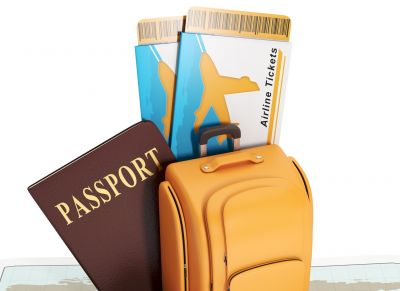Documents you will need

Documents
For EU citizens
Passport or identity card
There are no longer any controls at the borders between 22
EU countries. This is thanks to the Schengen rules which are
part of EU law. These rules remove all internal border controls
but put in place effective controls at the external borders of
the EU and introduce a common visa policy. All EU countries
are full Schengen members except for Bulgaria, Ireland,
Croatia, Cyprus, Romania and the United Kingdom. Iceland,
Liechtenstein, Norway and Switzerland are also Schengen
members but are not in the EU.
You will therefore need to present a valid passport or ID card
when travelling to or returning from the six non-Schengen
countries and when entering or leaving the EU at the external
borders. Carry them when travelling in the EU because they
may be required for identification or security purposes. Before
travelling outside the EU, check what documents are required by
the non-EU country you plan to visit. Be aware that the only valid
ID is the one obtained from national authorities.
Children must have their own passport or ID card.
Visa
You will not need a visa for travelling within the EU.
For non-EU citizens
Passport
You will need a valid passport.
Visa
There are 41 countries whose nationals do not need a visa
to visit the EU for 3 months or less. These include Australia,
Canada, Japan, New Zealand and the United States. The list of
countries whose nationals require visas to travel to the United
Kingdom or Ireland differs slightly from other EU countries.
Apply for a visa from the consulate or embassy of the country
you are visiting.
If your visa is from a country fully applying the Schengen rules,
it automatically allows you to travel to the other Schengen
countries as well. Moreover, if you have a valid residence permit
from one of those Schengen countries, it is equivalent to a visa.
You may need a national visa to visit non-Schengen countries.